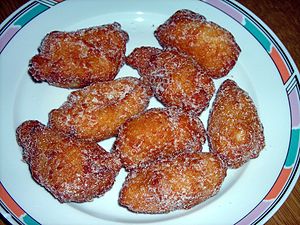Renew Your Vows in Venice: A Photographer’s Perspective
/There are few places in the world more timeless, romantic, and cinematic than Venice. With its quiet canals, centuries-old palaces, and light that seems painted on water, it’s no wonder that couples from across the globe choose Venice to say “I do”—again.
As a professional photographer who’s witnessed countless vow renewals in this city, I can tell you: each story is different, but the magic never fades.
Why Venice?
Whether it's your fifth anniversary or your fiftieth, Venice has a way of making the moment feel eternal. The city doesn't shout its beauty—it whispers it. You don’t need elaborate decorations. The streets, the gondolas, the golden hour light—they do the storytelling.
Two Perfect Settings: Gondola or Palace?
We offer two unique options for couples looking to renew their vows in Venice:
1. Gondola Vow Renewal Experience
Glide through quiet canals as an English-speaking officiant leads your intimate ceremony. A second gondola follows for photography and family (a must for small groups), ensuring we capture every glance, smile, and soft moment.
2. Private Palace Ceremony
Step into elegance with a ceremony inside a noble Venetian palace. It’s ideal for couples wanting a more regal, quiet atmosphere—indoors or on a private terrace overlooking the water.
Both experiences include:
A professional vow renewal ceremony
Photography throughout the experience
A portrait session in scenic Venice locations
A custom wedding certificate
A celebratory bottle of Prosecco
From Behind the Lens
As someone who’s photographed vow renewals from sunrise on the Grand Canal to golden-hour embraces on hidden bridges, we approach each session as a visual love letter. This is not a photoshoot—it’s a memory in the making. Our goal is to make you feel at ease, natural, and present in the moment while I quietly document the emotion and atmosphere unfolding.
A Few Tips for Couples:
Best Time of Day: Early morning or sunset for the most flattering light and fewer crowds.
Dress Comfortably but Elegantly: Venice is a walking city—opt for style with practicality (heels and cobblestones don’t get along).
Personalise It: Bring a letter, a quote, or even just a story to share with each other. The ceremony is yours to shape.
Let's Make It Happen
If you're dreaming of a vow renewal that’s as beautiful as your story, Venice is waiting—and I’d be honoured to capture it.
Visit Vow Renewal in Venice for more details or feel free to get in touch directly.








 Here are a few of the shops which specialize in "vino sfuso", most of which I think are still active:
Here are a few of the shops which specialize in "vino sfuso", most of which I think are still active:





















